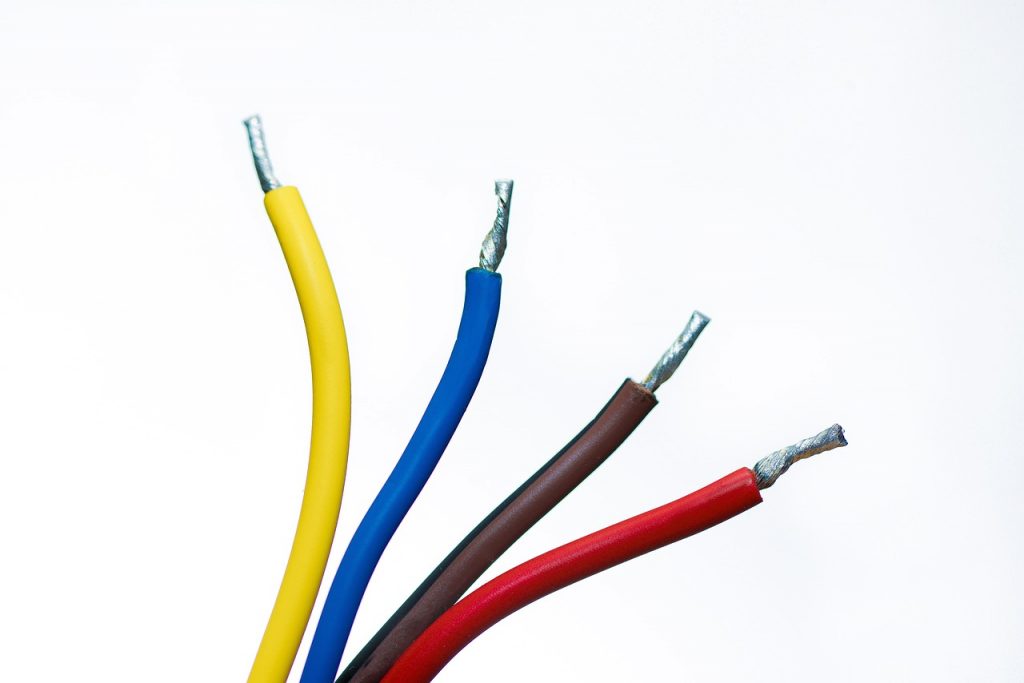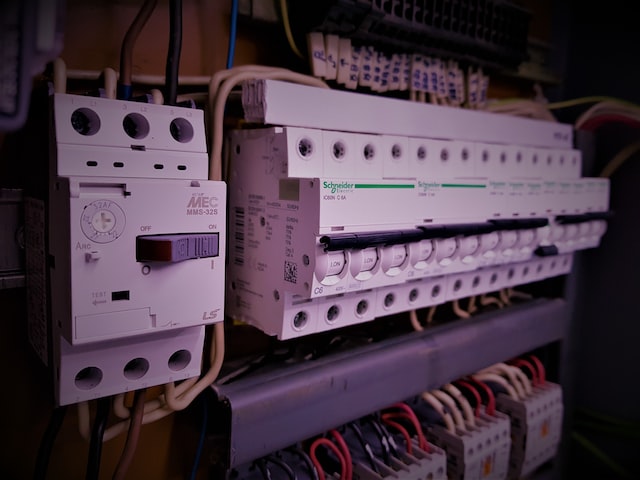Ground, Neutral, and Hot Wires Explained
Electrical systems are an integral part of modern life, powering the devices and appliances that we use every day. To ensure the safe and efficient operation of these systems, it is essential to understand the role of the three types of wires used in electrical circuits: ground, neutral, and hot wires. In this comprehensive explanation, we will delve into the functions, differences, and safety aspects of ground, neutral, and hot wires.
Comparison Table between Hot, Neutral and Ground Wire
| Characteristic | Hot Wire | Neutral Wire | Ground Wire |
|---|---|---|---|
| Color Coding (US) | Black or Red | White or Gray | Green or Bare Copper |
| Purpose | Carries current to the load from the power source | Returns current to the power source from the load | Provides a path to the earth in case of a fault |
| Electrical Potential | Live or charged (carries voltage) | Zero potential to ground (but can carry current back to the source) | Zero potential, not intended to carry current under normal operations |
| Safety Role | Poses a shock risk if touched | Generally safe to touch, but can be dangerous under fault conditions | Prevents electric shock by providing a path for fault current |
| Connection in Panel | Connected to the circuit breaker | Connected to the neutral bus bar | Connected to the ground bus bar (which may be bonded to the neutral bus bar in the main panel) |
| Current Carrying | Yes, under normal operation | Yes, under normal operation | No, only under fault condition |
Functions of Ground, Neutral, and Hot Wires

Ground Wire:
The ground wire, also known as the “safety wire,” is designed to protect people and equipment from electrical faults by providing a direct path for electrical current to flow back to the earth in case of a short circuit or other malfunction. By creating a low-resistance pathway, the ground wire helps prevent dangerous voltage levels from building up on exposed metal parts of electrical devices, which could cause injury or damage.
In most residential and commercial wiring systems, the ground wire is typically green or bare copper. Its primary function is to connect the metal chassis or enclosure of an electrical device to the earth, either through a grounding electrode (such as a metal water pipe or a ground rod) or the ground bus bar in the main electrical panel.
Neutral Wire:
The neutral wire, usually white or gray in color, serves as the return path for electrical current in a single-phase alternating current (AC) circuit. It is connected to the neutral bus bar in the main electrical panel and, in turn, to the grounding electrode system. The neutral wire carries the same amount of current as the hot wire but in the opposite direction, thereby completing the electrical circuit.
In a balanced electrical system, the voltage across the hot and neutral wires should be equal and opposite, resulting in a net voltage of zero. This is crucial for maintaining the safety and efficiency of the system, as it ensures that the electrical load is evenly distributed and prevents excessive voltage from causing damage or injury.
Hot Wire:
The hot wire, often black, red, or blue, is responsible for carrying electrical current from the power source (such as the utility company or a generator) to the electrical devices in a circuit. The hot wire is connected to the circuit breaker or fuse in the main electrical panel, which is designed to protect the circuit by interrupting the flow of current if an overload or short circuit occurs.
In an AC system, the voltage across the hot wire alternates between positive and negative values, creating an oscillating electric field that drives the flow of current through the circuit. The voltage and frequency of the AC supply are typically standardized for a given region (such as 120 volts and 60 Hz in the United States), allowing electrical devices to be designed and manufactured to operate within specific parameters.
Differences Between Ground, Neutral, and Hot Wires
While ground, neutral, and hot wires all play crucial roles in electrical circuits, they serve distinct functions and are subject to different safety standards and regulations.
Ground vs. Neutral:
The main difference between the ground and neutral wires is their purpose within an electrical circuit. The ground wire serves as a safety mechanism, providing a low-resistance path for electrical current to flow back to the earth in case of a fault. In contrast, the neutral wire is an essential component of the circuit itself, acting as the return path for electrical current.
Under normal operating conditions, the ground wire should not carry any current. However, the neutral wire carries the same amount of current as the hot wire, ensuring that the electrical load is evenly distributed across the circuit.
Ground vs. Hot:
The ground wire and hot wire have fundamentally different roles in an electrical system. While the ground wire is a safety feature designed to protect against electrical faults, the hot wire is responsible for delivering power from the source to the devices in the circuit. The ground wire is usually at or near zero voltage, whereas the hot wire carries a voltage that alternates between positive and negative values.
In the event of a fault, the ground wire provides a low-resistance path for current to flow back to earth, preventing dangerous voltage levels from building up on exposed metal parts. The hot wire, on the other hand, is connected to a circuit breaker or fuse, which interrupts the flow of current in case of an overload or short circuit to protect the circuit and prevent damage or injury.
Neutral vs. Hot:
The neutral wire and the hot wire work together to complete an electrical circuit. While the hot wire carries electrical current from the power source to the devices, the neutral wire serves as the return path for the current. Both wires carry the same amount of current but in opposite directions, maintaining a balanced electrical system.
The voltage difference between the hot and neutral wires is what powers the electrical devices in a circuit. Under normal conditions, the voltage across the hot and neutral wires should be equal and opposite, resulting in a net voltage of zero. This balance is crucial for ensuring the safety and efficiency of the electrical system.
Safety Aspects of Ground, Neutral, and Hot Wires
Properly functioning ground, neutral, and hot wires are essential for maintaining the safety of electrical systems. Some key safety aspects include:
- Grounding: Grounding the metal parts of electrical devices and systems helps prevent dangerous voltage levels from building up in case of a fault, reducing the risk of electrical shock or fire.
- Circuit protection: Circuit breakers and fuses are designed to protect electrical circuits by interrupting the flow of current through the hot wire when an overload or short circuit is detected. This prevents damage to electrical devices and reduces the risk of fire.
- Proper wire connections: Ensuring that ground, neutral, and hot wires are connected correctly is crucial for the safe operation of electrical systems. Incorrect connections can lead to imbalances in the electrical load, increasing the risk of damage or injury.
- Wire insulation and color-coding: Ground, neutral, and hot wires are typically color-coded to help ensure correct identification and connections. The insulation on these wires should be intact and in good condition to prevent electrical shorts or shocks.
- Regular maintenance and inspections: Periodic inspections and maintenance of electrical systems can help identify potential issues, such as damaged wiring, loose connections, or faulty grounding, before they become dangerous.
By understanding the functions, differences, and safety aspects of ground, neutral, and hot wires, you can help ensure the safe and efficient operation of electrical systems in your home or workplace.



